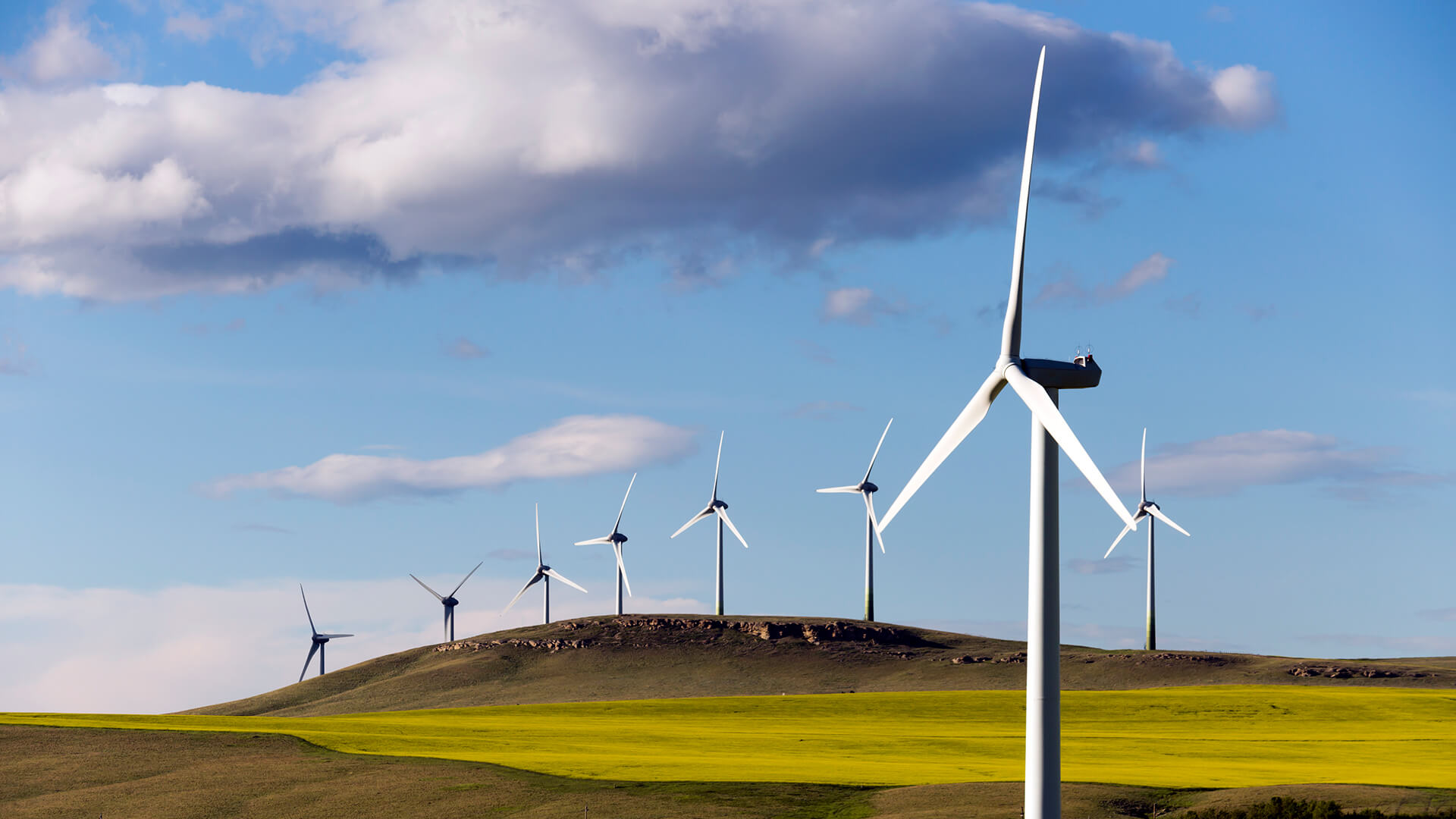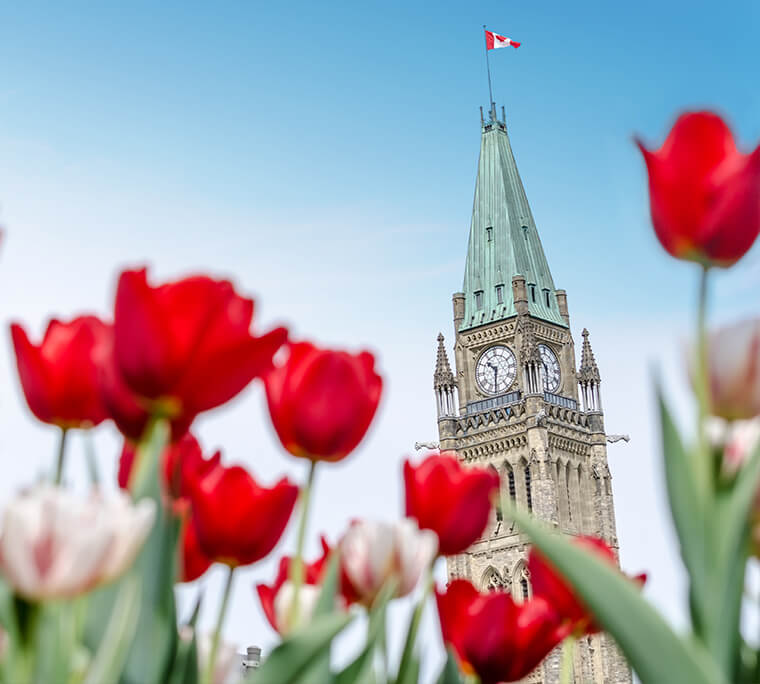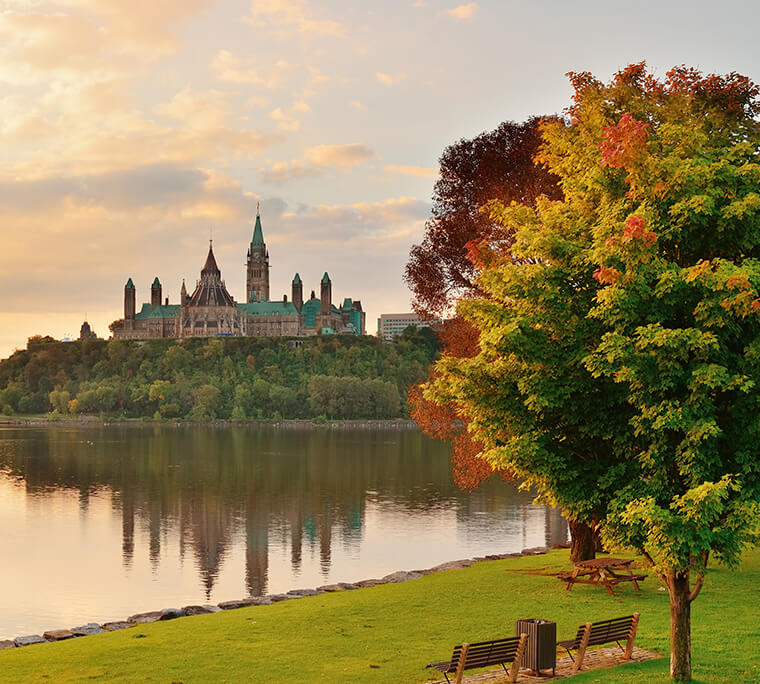
The Keystone Pursuit of Balance: Our Analysis of the Manitoba Budget 2024
- After posting a deficit of nearly $2 billion in fiscal year 2023-24, Manitoba’s latest fiscal plan has a slow path to balance, beginning with a projected deficit of $796 million in fiscal year 2024-25, eventually leading to an $18 million surplus in fiscal year 2027-28. While it is a long way out, it does meet the NDP government’s commitment to reaching balance during its first term.
- The provincial gas tax holiday was extended for an additional three months, saving Manitobans 14 cents per litre every time they head to the pumps. The decision to extend this policy was influenced by Imperial Oil’s recent pipeline shutdown, temporarily impacting the Winnipeg area when it comes to fuel supply. Ultimately, this tax holiday will contribute to an $82 million decrease in fuel tax revenues in fiscal year 2024-25 relative to the latest forecast for fiscal year 2023-24.
- The budget comes with broad middle-class tax cuts due to the increased personal income tax bracket thresholds in 2024 before the province returns to annual indexing in 2025. These tax bracket changes, combined with the elimination of the Basic Personal Amount for high-income earners, are expected to translate into a 6.2 per cent increase in individual income tax revenues in fiscal year 2024-25.
- Equalization is set to increase by 24.0 per cent relative to forecast estimates for fiscal year 2023-24. The federal equalization program allows provinces to offer more services and similar tax rates to others based on the assessed capability to raise their own revenues.
- A new $1,500 Homeowners Affordability Tax Credit for middle-class families was introduced to replace the 50 per cent school tax rebate and education property tax credit. Families in higher-than-average priced homes, therefore, will receive less of a credit. The school tax rebate for all commercial properties (aside from farm properties) was removed in favour of a new education funding policy to bolster the province’s education system and revenues.
- Healthcare was a major focus of the budget, with no shortage of programs announced. The focus was on fulfilling the election promise of hiring 1,000 healthcare workers, on top of allocating funds to reduce wait times, increase hospital capacity, support rural medicine, expand medical education, and make capital investments, with emphasis on Victoria Hospital. Overall, healthcare spending is set to be 13.5 per cent higher in Budget 2024-25 than it was in Budget 2023-24.
- Education spending was up 7.8 per cent compared to the latest forecast for fiscal year 2023-24. Higher spending reflects a commitment toward improving educational outcomes in the province. Highlights include a $30 million add-on for a K-12 nutrition program and over $50 million in add-ons for public school operating funding.
- The budget also presented a number of programs to help support families, such as expanding $10 per day childcare to cover more of the year, doubling the maximum fertility treatment tax credit to support expecting parents, doubling the prenatal benefit, and providing free prescription birth control to all Manitobans.
- There were several other policy announcements, spanning from polar bear alert funding to rebates for security systems, funding for low-income renters, and broad-based support to the province’s agricultural sector.
- The province’s capital budget is also set to increase, although growth will be modest compared to some of the other provinces. The provincial plan outlines capital spending of $3.1 billion in fiscal year 2024-25, the same as the previous fiscal year. Capital spending will increase to $3.2 billion in fiscal year 2025-26 before declining in fiscal year 2026-27.
- The province’s net debt will remain elevated, rising to a peak of 39.1 per cent of GDP in fiscal year 2025-26 before falling to 38.3 per cent by the end of the planning horizon in fiscal year 2027-28.
Key Insights
The Manitoban economy will weaken in 2024 before strengthening in 2025. Budget 2024-25 depicts a similar economic situation for the province compared to our latest provincial forecast. An array of new programs were put in place by Wab Kinew’s NDP government to help Manitoba mitigate some of the risks that could result in a severe downturn. The budget acknowledges that there is a great deal of uncertainty surrounding inflation, supply chain disruptions, geopolitical tensions, and environmental events. However, various initiatives, including a $146.9 million investment in business risk management programs, will help lighten the blow relative to other provincial downturns. In 2024, the province’s 0.6 per cent gain in real GDP is 0.3 percentage points more favourable than our own, but we do expect a stronger bounce back in 2025 at 2.7 per cent, compared to the province’s 1.9 per cent outlook.
Broad-based policies to meet election promises. There were no shortages of new program announcements in this budget, unlike most other budgets across the country. Many of the promises are a result of the NDP’s election campaign promises. Healthcare was a major area of focus and is mostly built around increasing capacity through higher staffing levels, additional training, and more capital investment. There is also money earmarked to helping support remote and indigenous communities. Despite the focus on healthcare, there was no shortage of spending programs across other ministries, including many tax credits. In all, spending growth remains reasonable, as total expenditures are only increasing by 2.8 per cent in fiscal year 2024-25 compared to the latest forecast for fiscal year 2023-24. This matches up favourably to a 9.1 per cent increase in total revenues.
The plan to balance is there, but fiscal indicators show little improvement. Manitoba already had a high net-debt-to-GDP ratio, which worsened as a result of a near $2.0 billion deficit in fiscal year 2023-24. A modest increase in capital spending, which is elevated compared to recent norms, coupled with deficits over the next three fiscal years, implies that net debt as a share of GDP will increase over the next two fiscal years, and remain well above fiscal year 2022-23 levels through the end of the planning period in fiscal year 2027-28. This comes while federal transfers as a share of revenue and debt servicing costs remain elevated. The province has struggled to reach surplus for nearly two decades, and while the plan to balance is there in this budget, it is a long way out, and the path toward improving fiscal indicators remains cloudy.









Comments